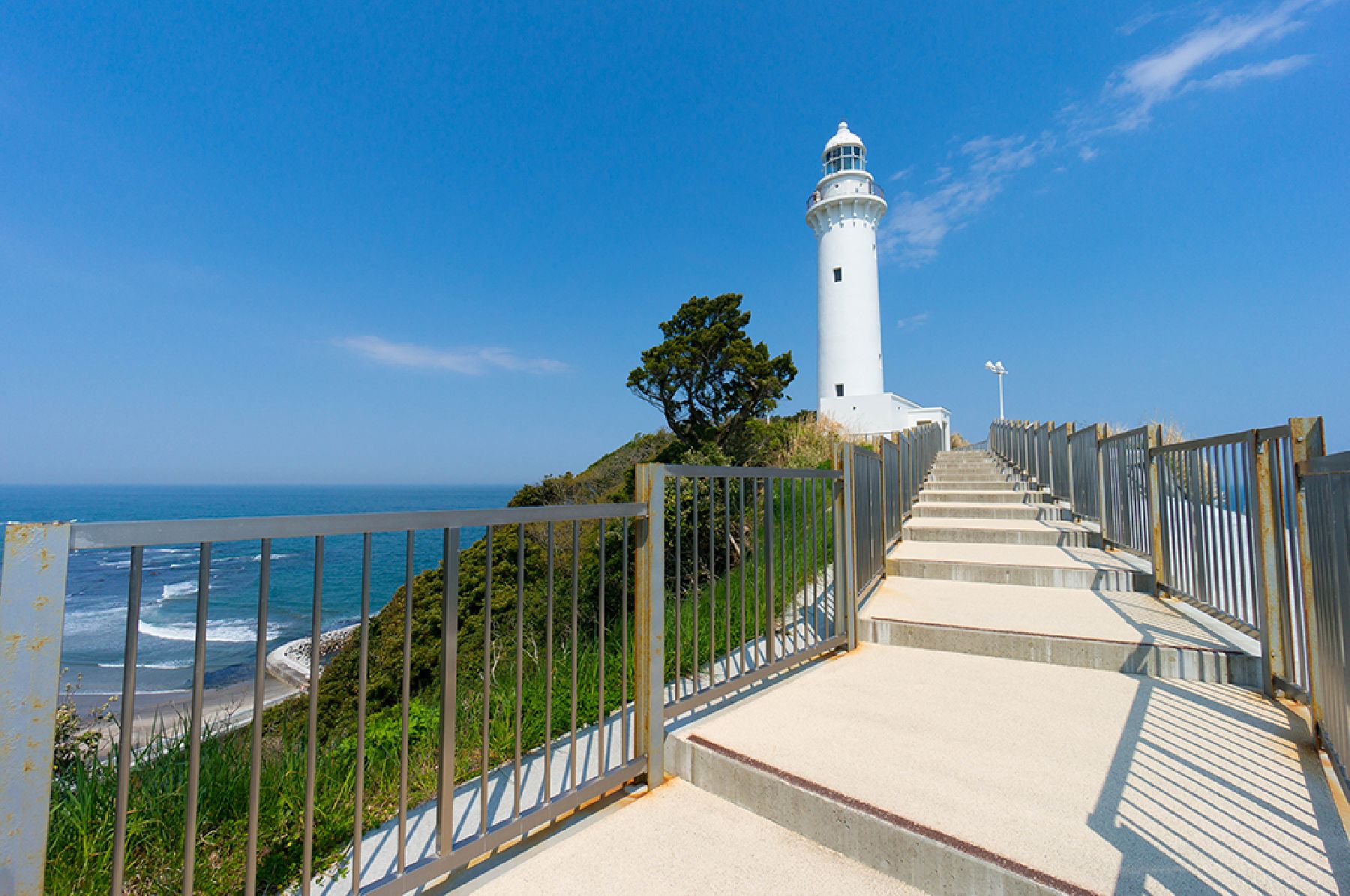
Shioyazaki Lighthouse
Shioyazaki Lighthouse (塩屋崎灯台) stands on the Usuiso Coast of Iwaki City in eastern Fukushima. Now a historical landmark, the lighthouse was first erected in 1899. Despite having sustained considerable damage from natural disasters over the years, including the 2011 tsunami, the lighthouse has been rebuilt and restored and now enjoys great popularity. Many visitors climb to the top to enjoy its stunning views of the ocean.It was counted among the 50 best lighthouses in Japan. Consider visiting during sunset: seeing the ocean bathed in the beautiful afternoon light is the perfect way to end the day.



